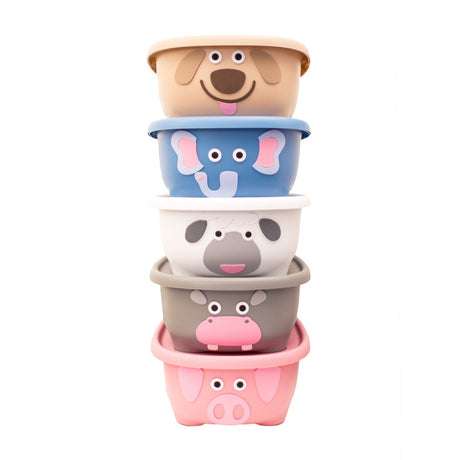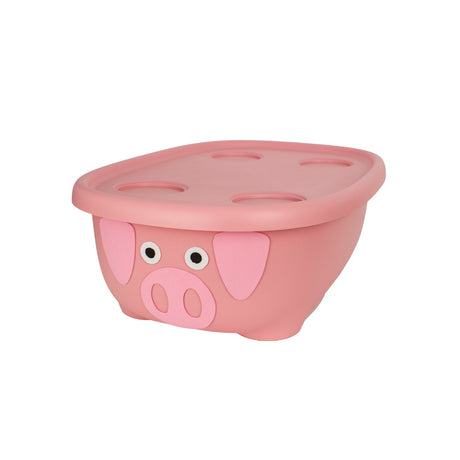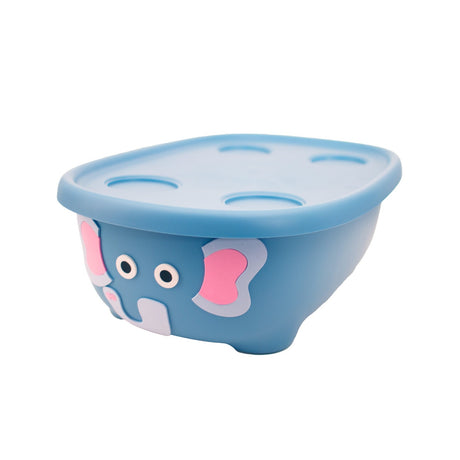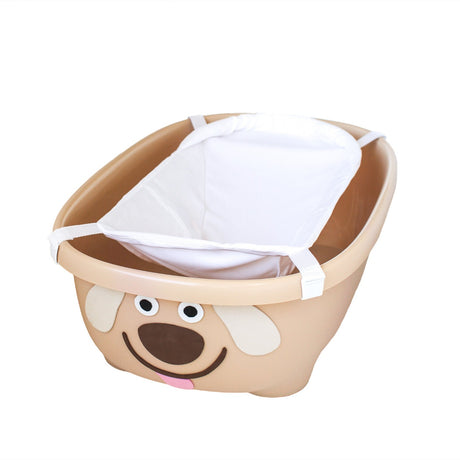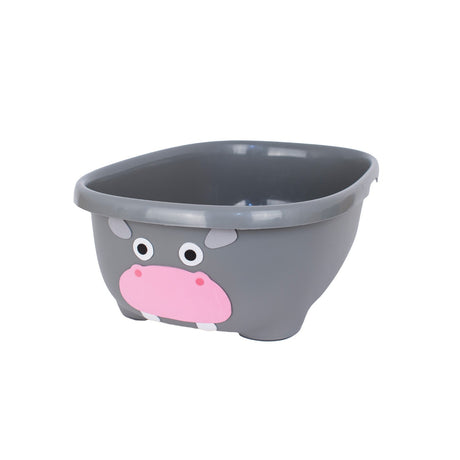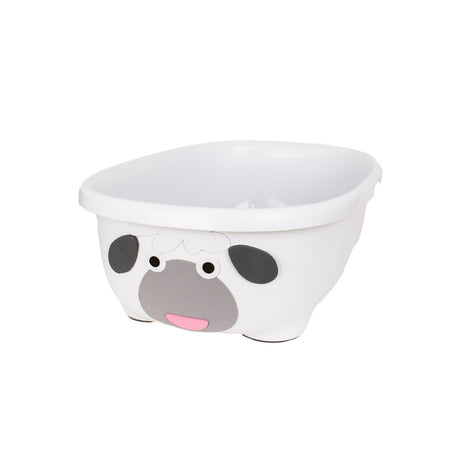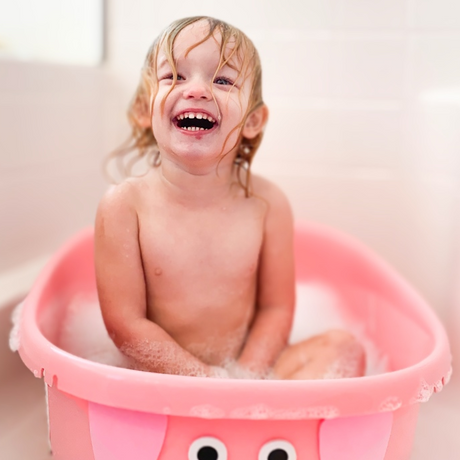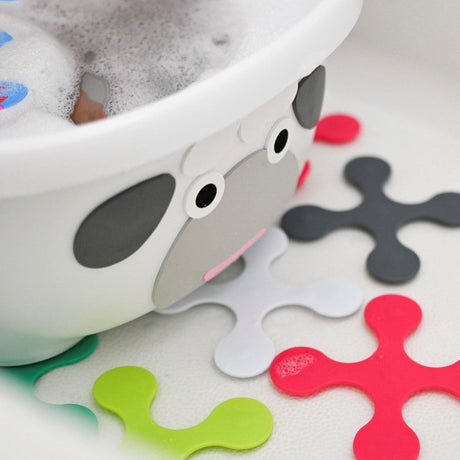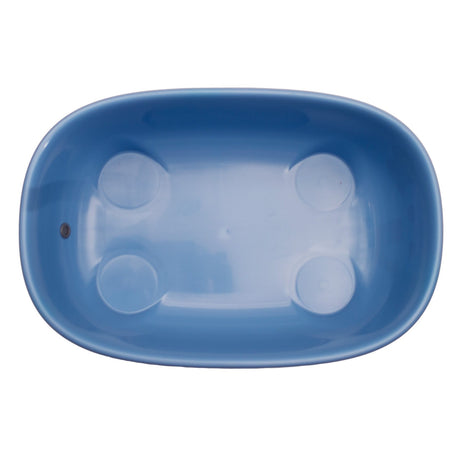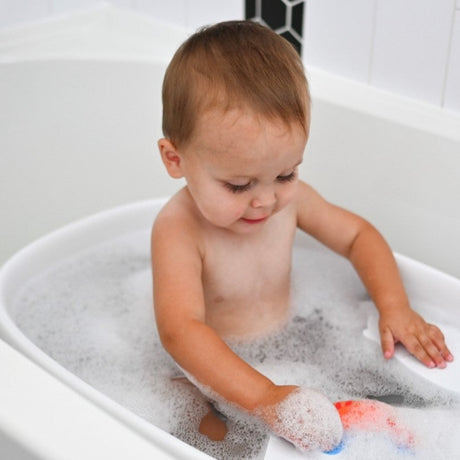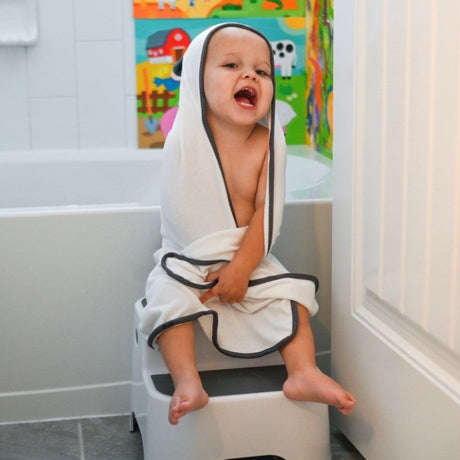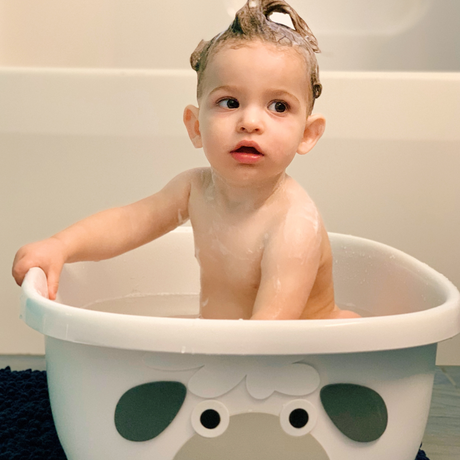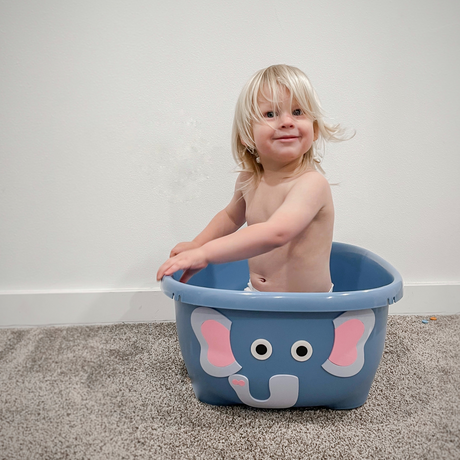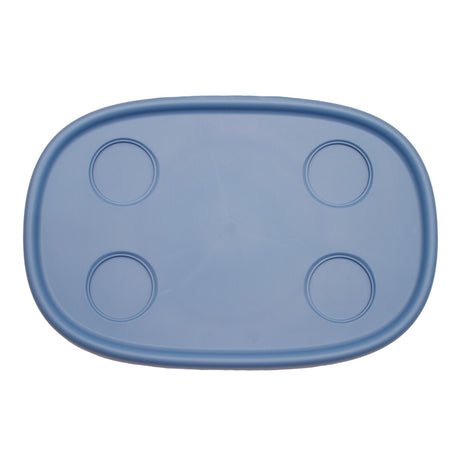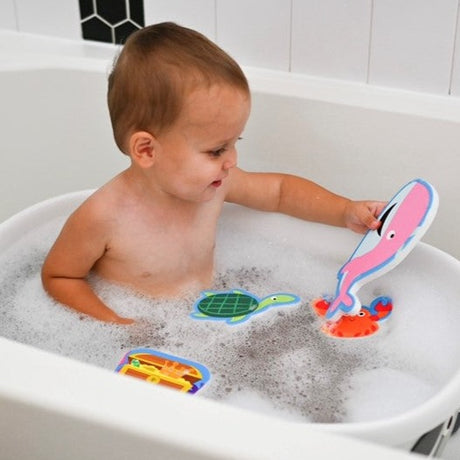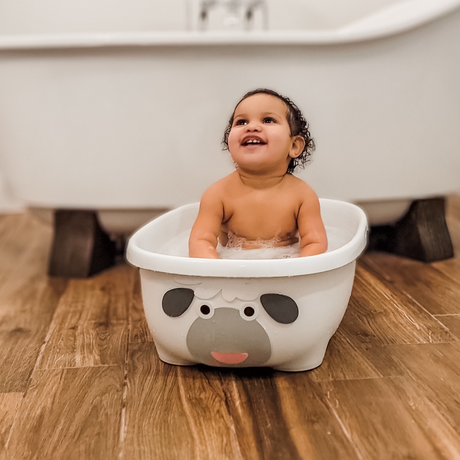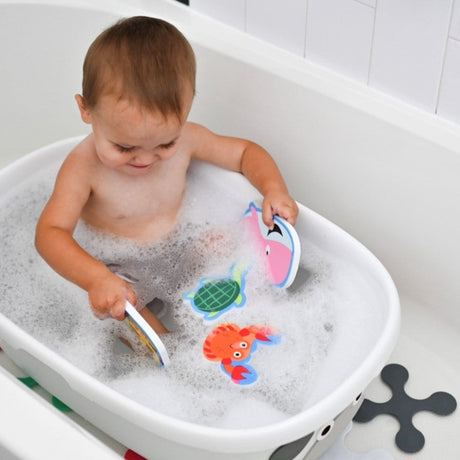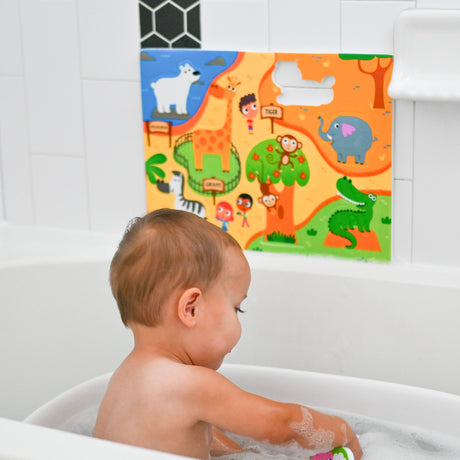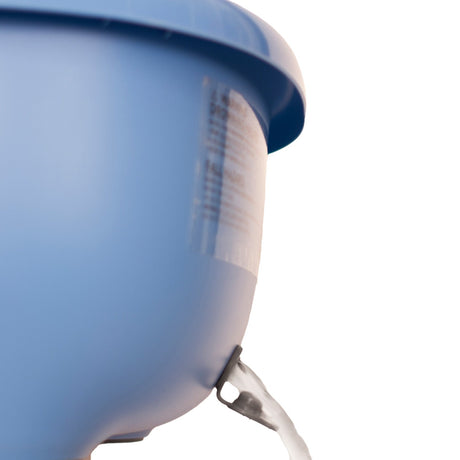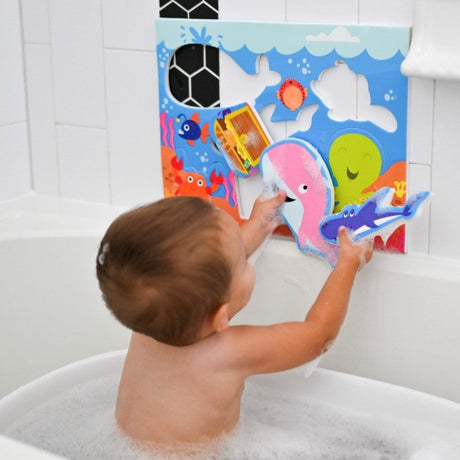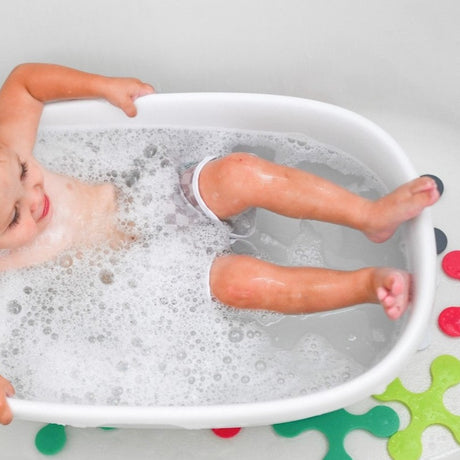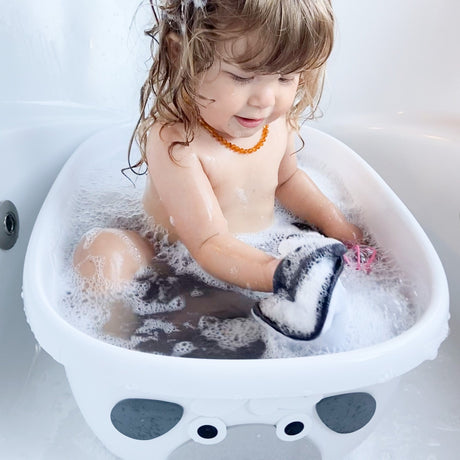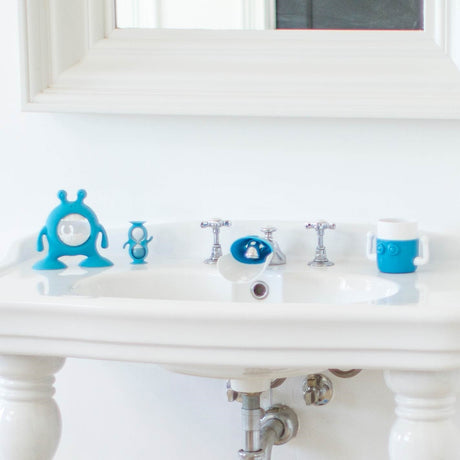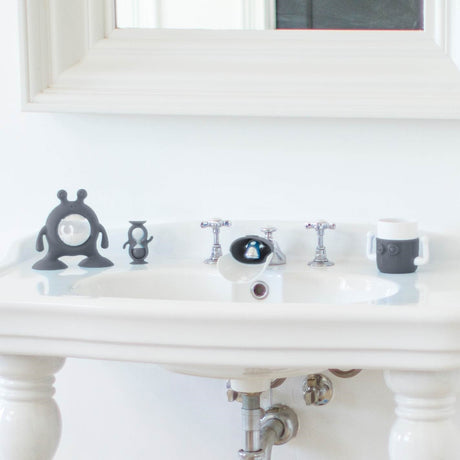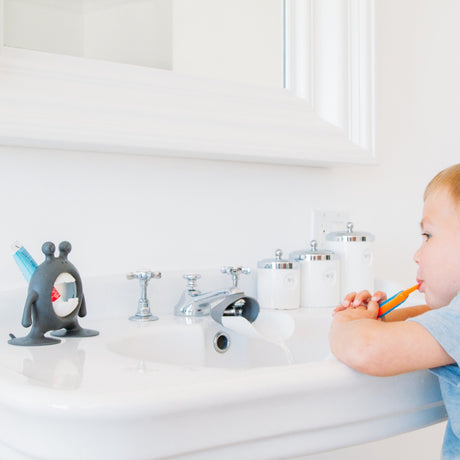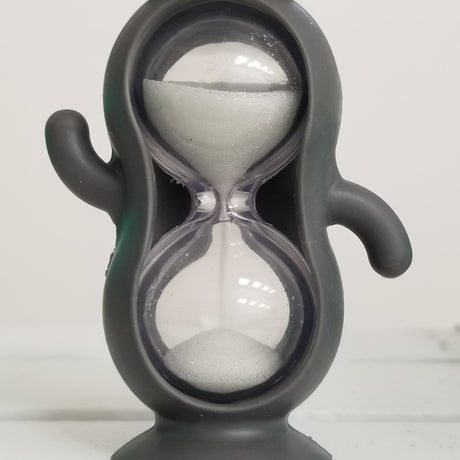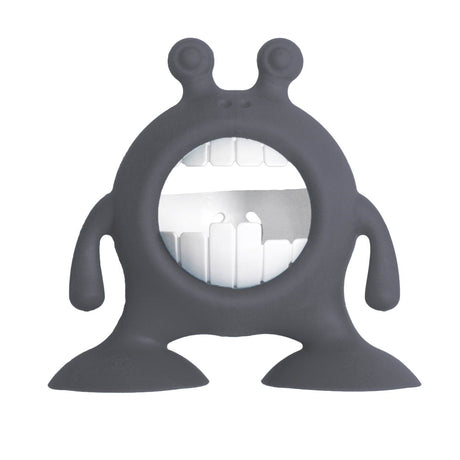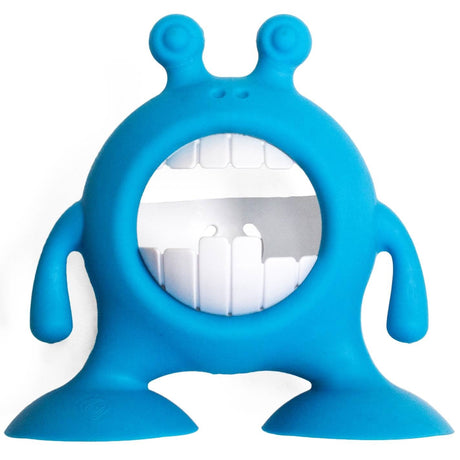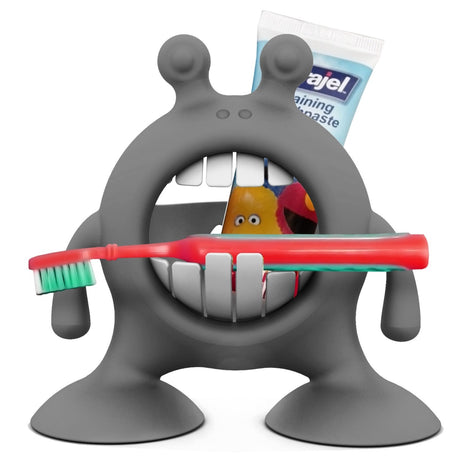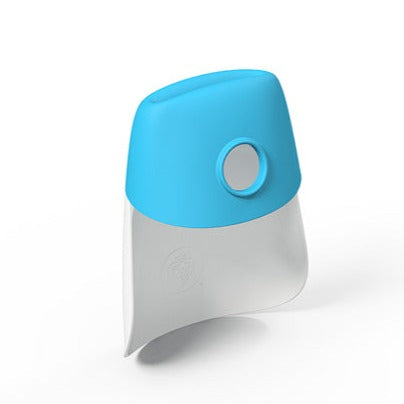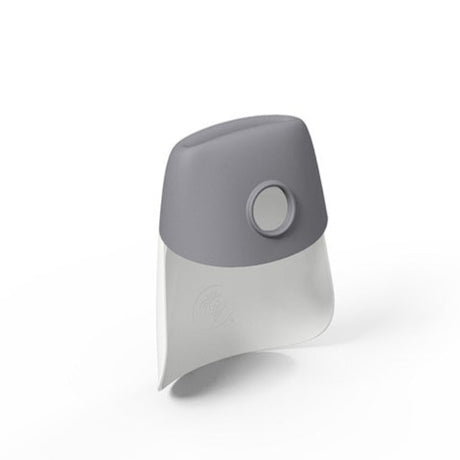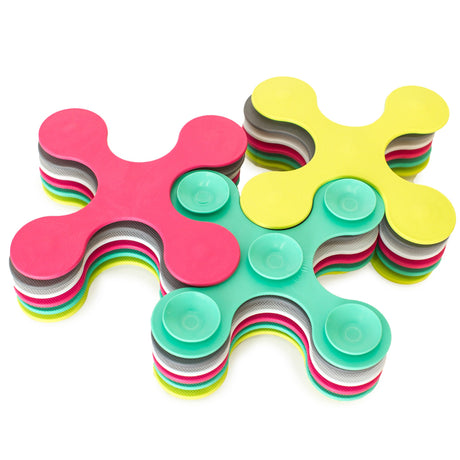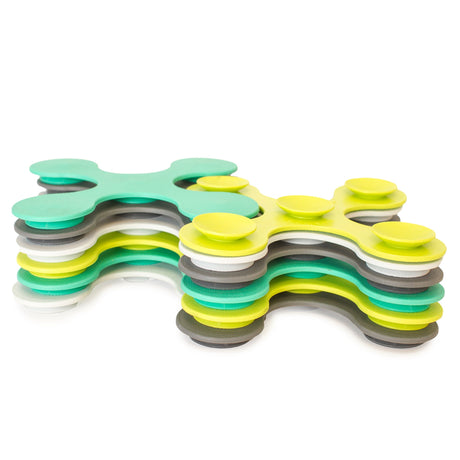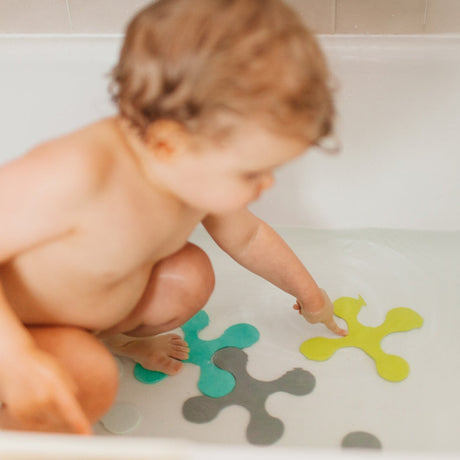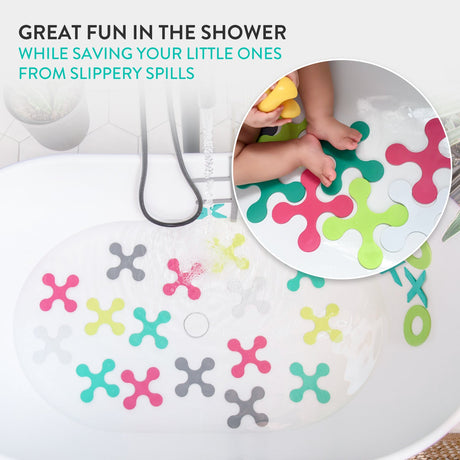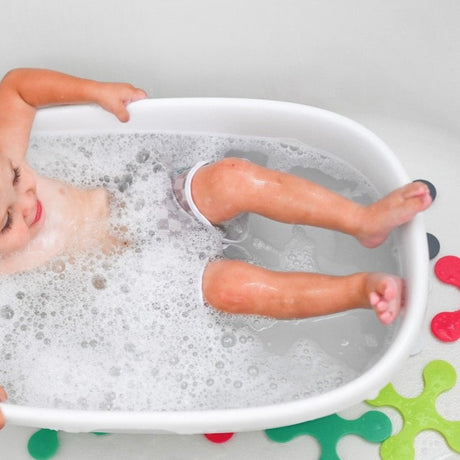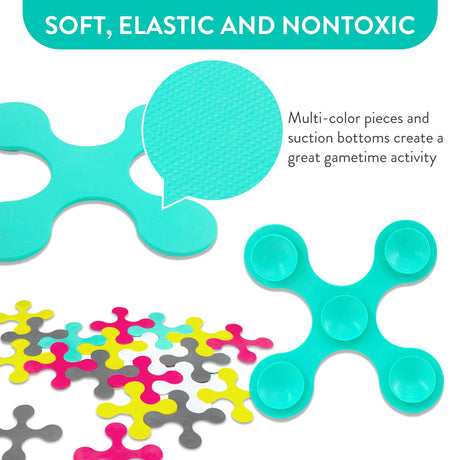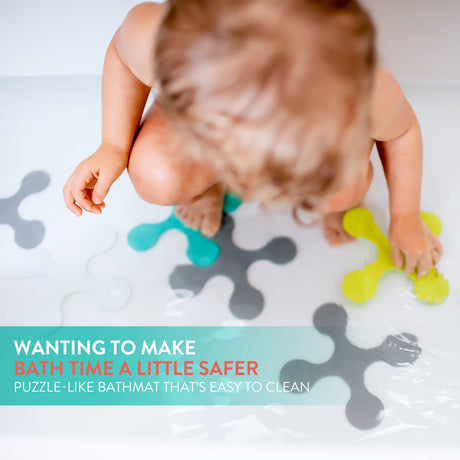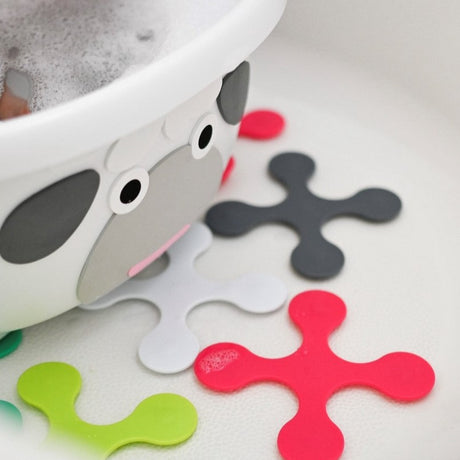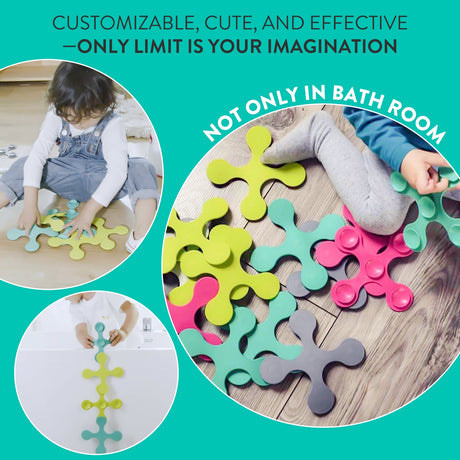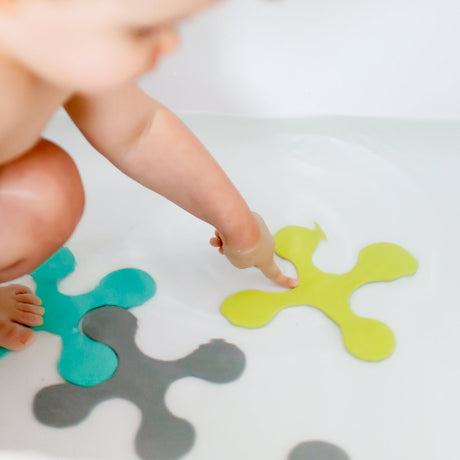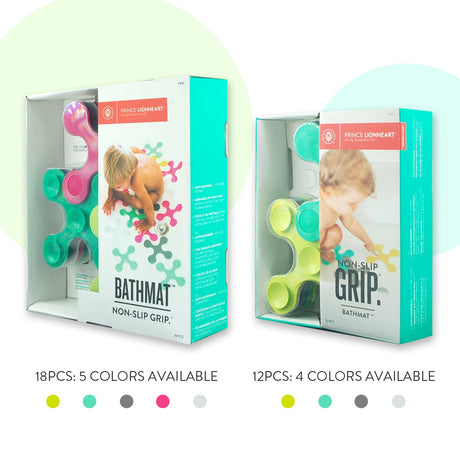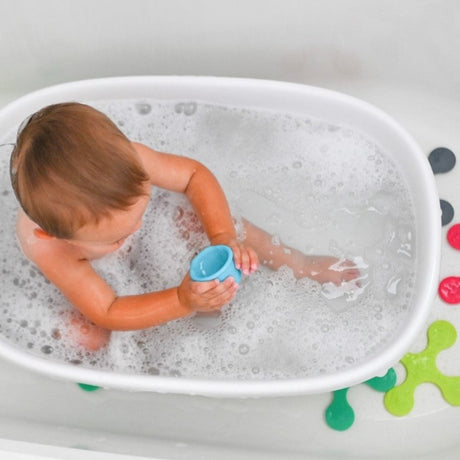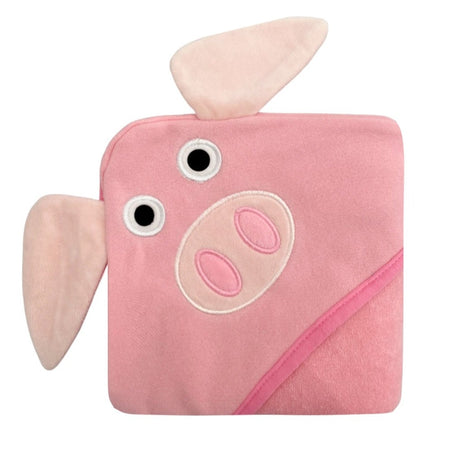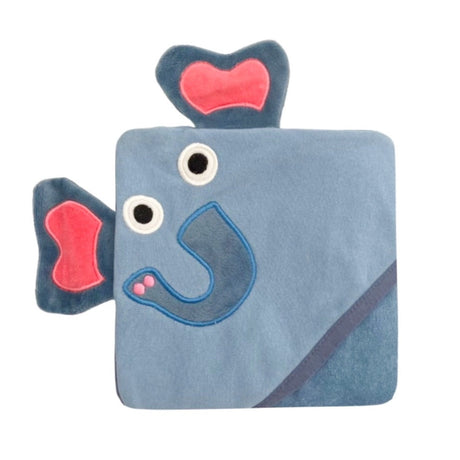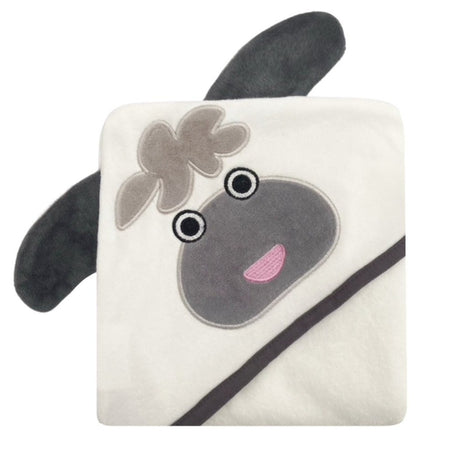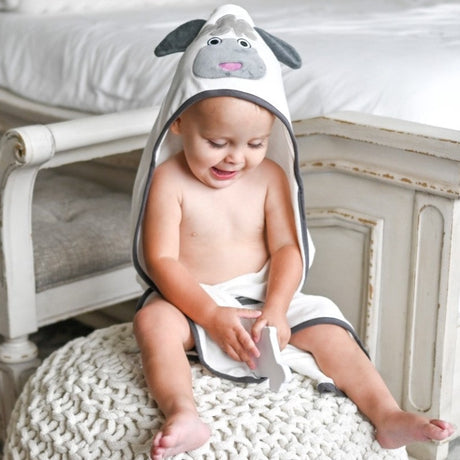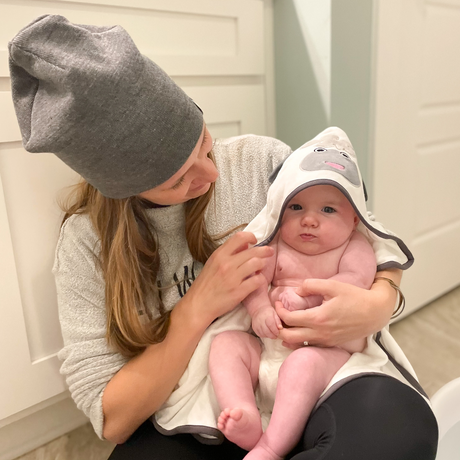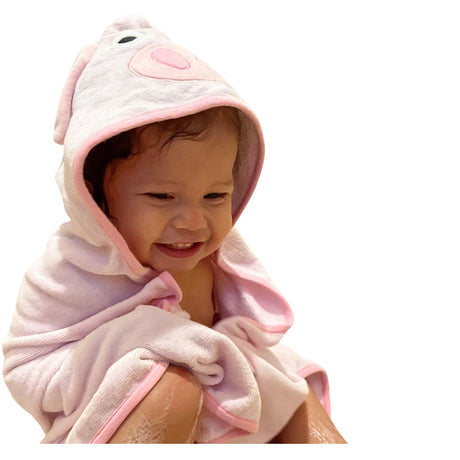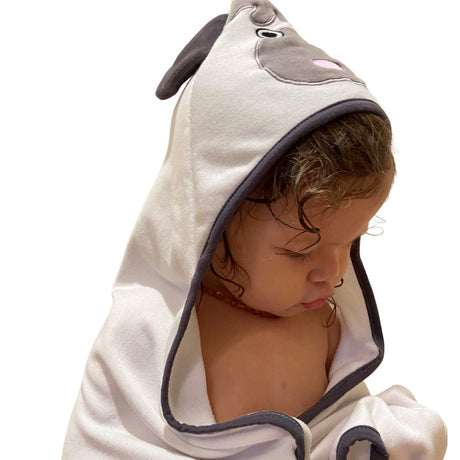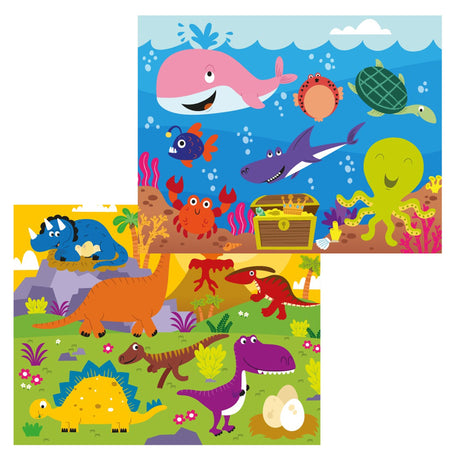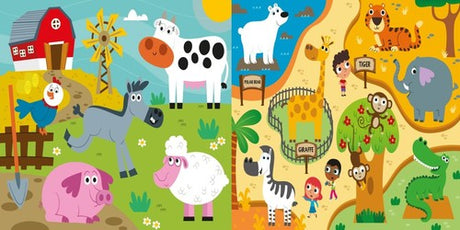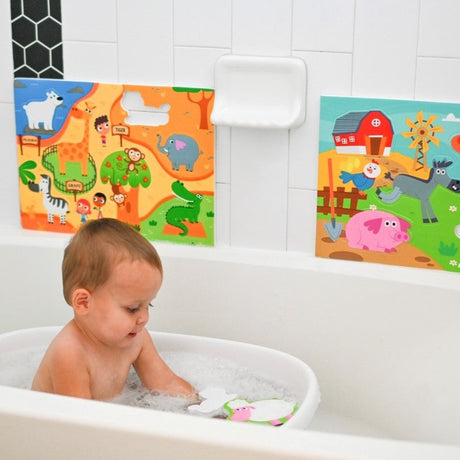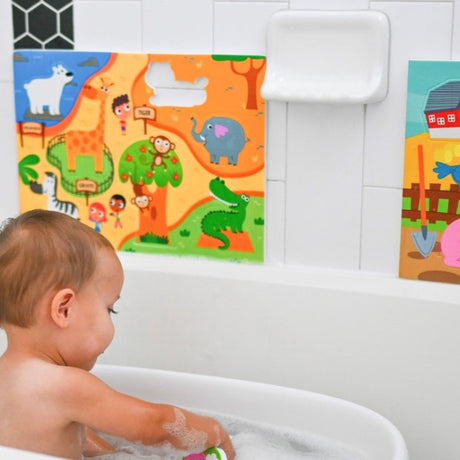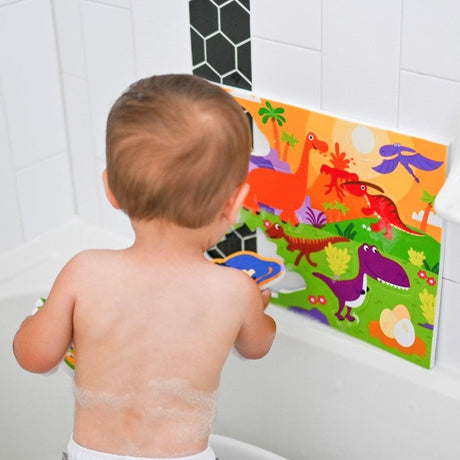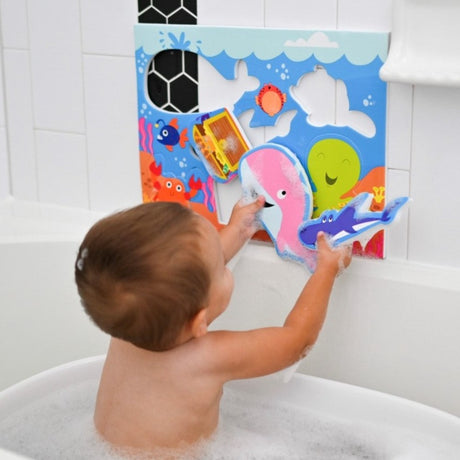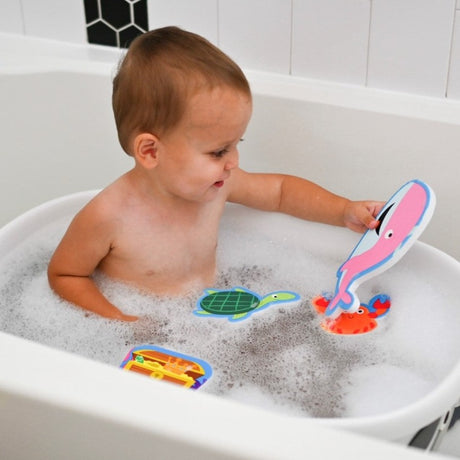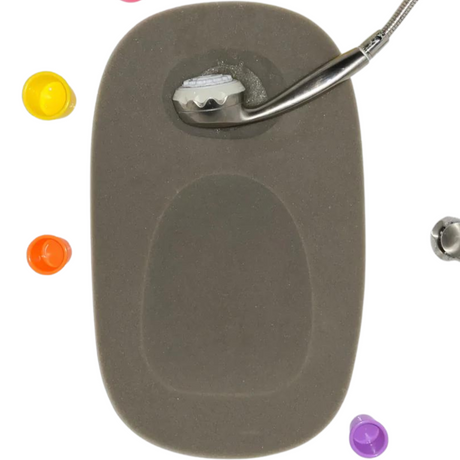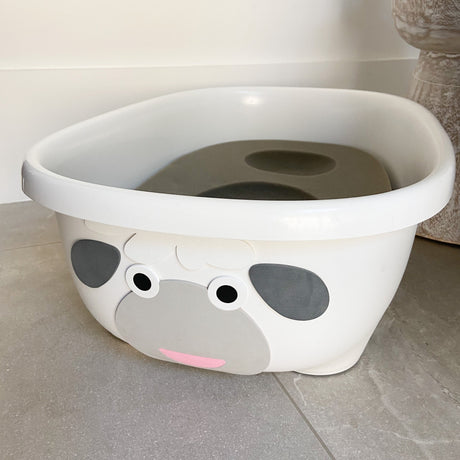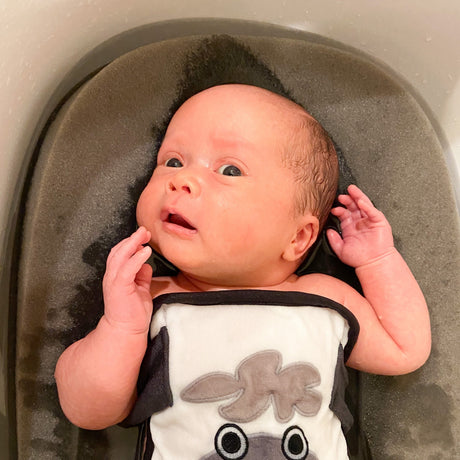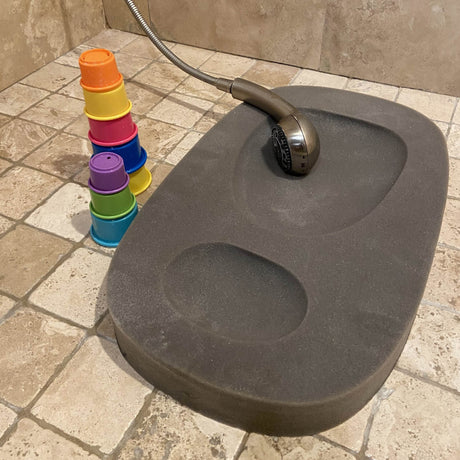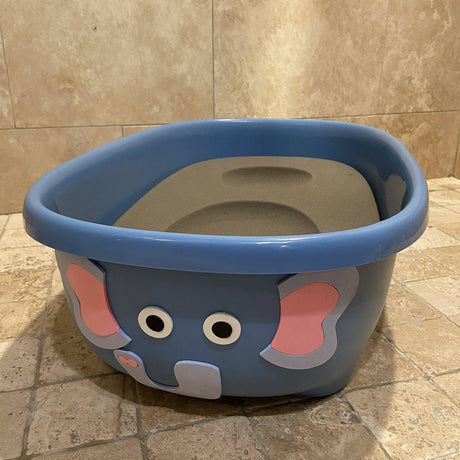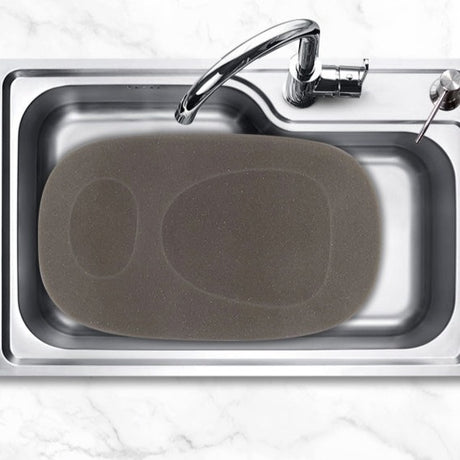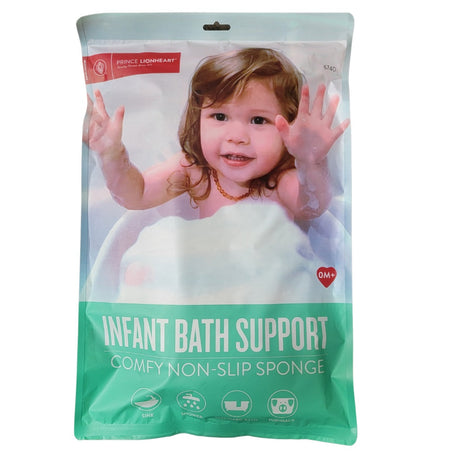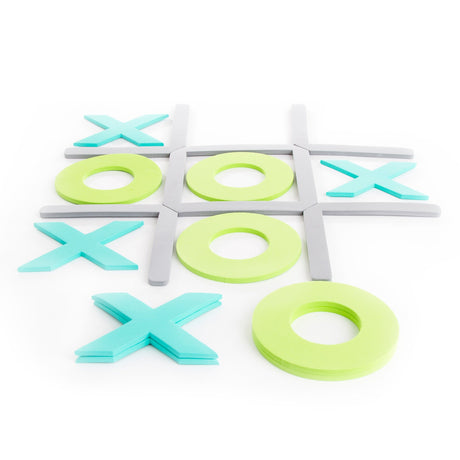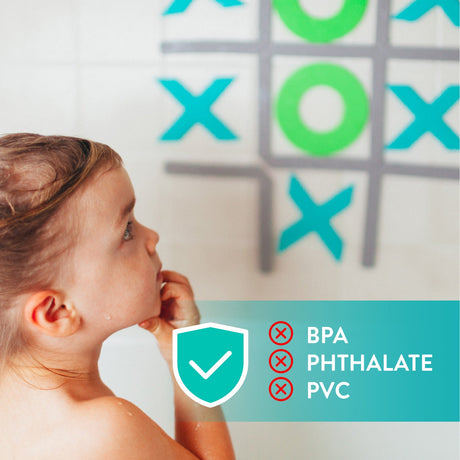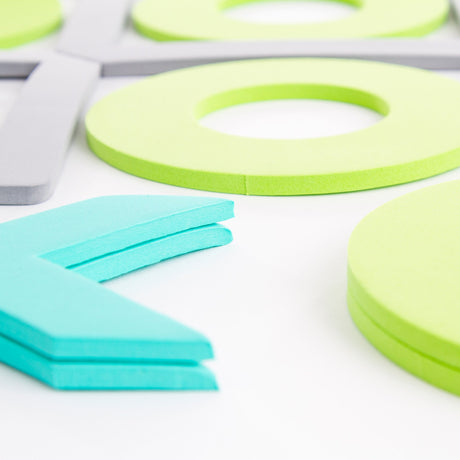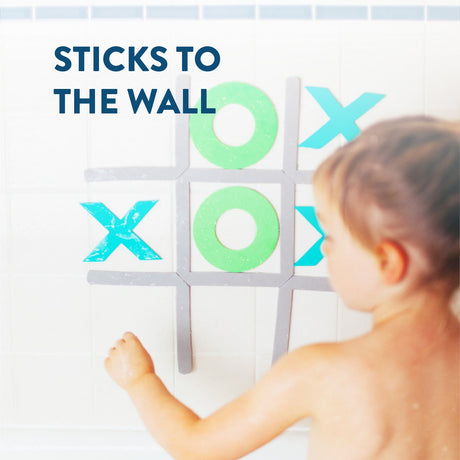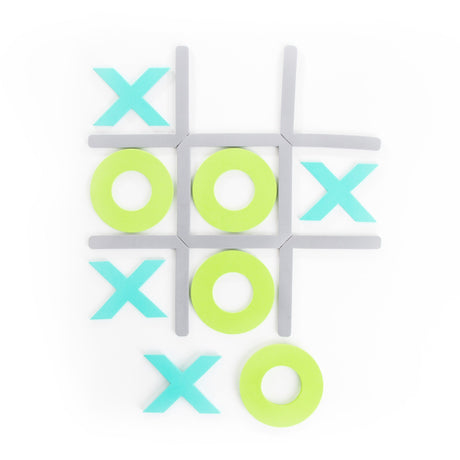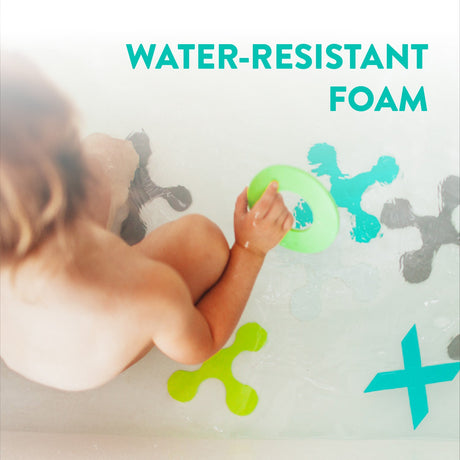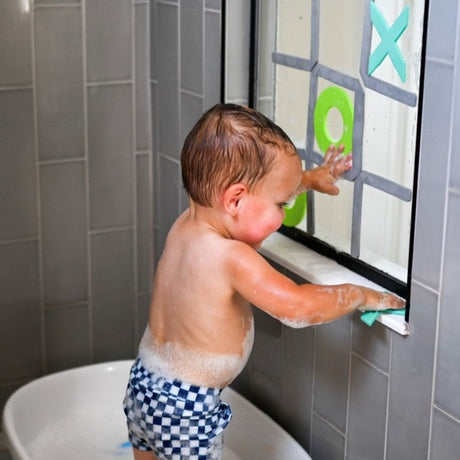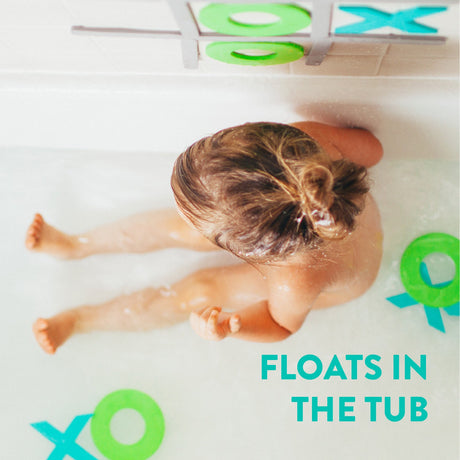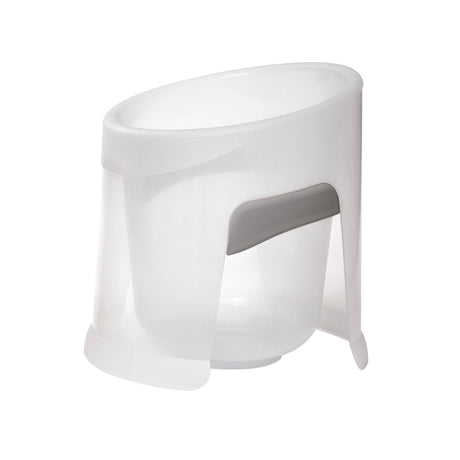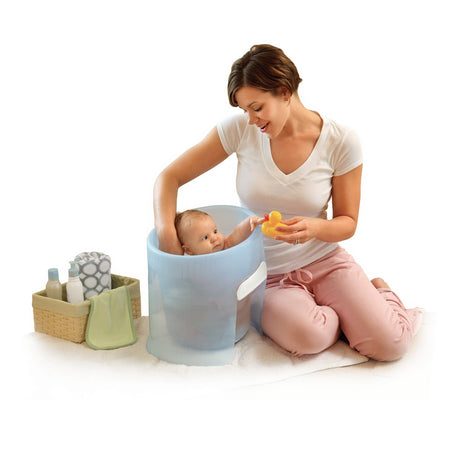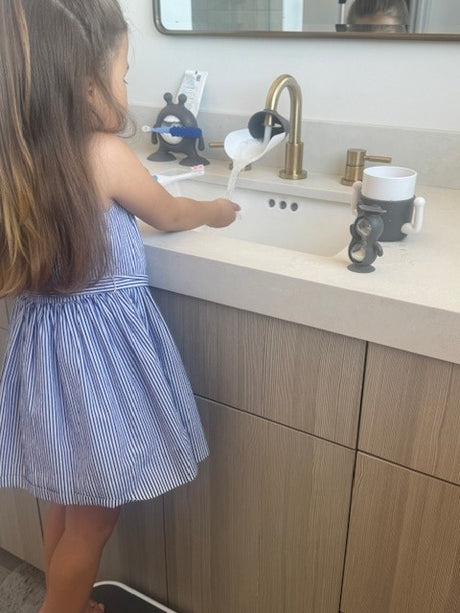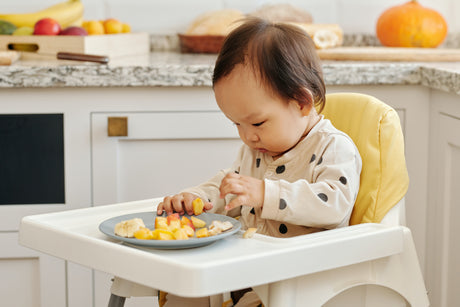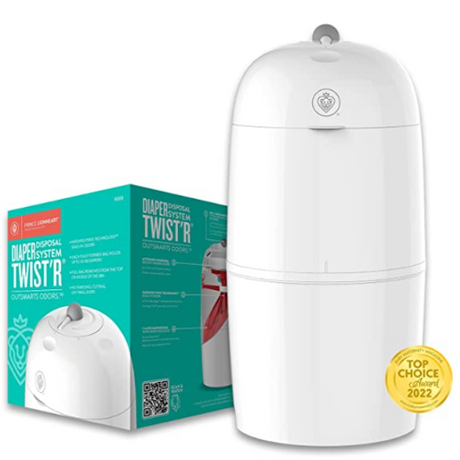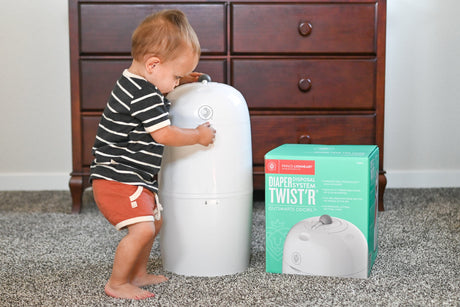Feeding time can often be a challenging experience for parents and little ones alike. However, with the right tools, it can become a fun and engaging activity for both. Baby cups, with their innovative designs and child-friendly features, offer a great way to simplify feeding. In this blog, we’ll explore how baby cups can transform feeding time into a breeze.
Understanding the Benefits of Baby Cups
Baby cups are designed with both the parent and child in mind, offering an array of benefits from minimizing spills to encouraging self-feeding. The transition from breastfeeding or bottle-feeding to drinking from a cup is a significant developmental milestone. According to the Raising Children Network, learning to drink from a cup can begin as early as six months, a process which supports children’s growing independence.
Baby cups with easy-to-grip handles and spill-proof features ensure a mess-free experience. The innovative designs mean that as babies practice, they are less likely to create a prairie of spills on the dining table or the floor. This contributes to cleaner mealtimes and less stress for parents. Moreover, the colorful, engaging designs of baby cups make them appealing to young children, turning feeding time into an engaging activity.
Another remarkable advantage is that baby cups can complement other developmental processes. Using a baby cup, children not only learn the mechanics of drinking but also how to control their limbs and coordinate their body movements. This encourages the development of fine motor skills, laying a strong foundation for other self-feeding practices.
Choosing the Right Baby Cup for Your Little One
With various types of baby cups available, including transition cups, sippy cups, and open cups, selecting the right one can feel overwhelming. It’s crucial to consider your baby’s age and dexterity when making this choice. For instance, transition cups, with their hybrid structure, are perfect for easing babies from bottles to cups. Sippy cups, meanwhile, offer a more spill-resistant option for babies who are active and like to explore their environment while drinking.
It’s often recommended to introduce open cups early, as they teach balance and coordination skills more effectively. As noted by the Raising Children Network, open cups can prompt quicker mastery of drinking from a regular cup — a skill beneficial throughout life. Parents might also consider cups with built-in straws for older babies to help with oral motor development, particularly the muscles that support speech.
How Baby Cups Promote Independence and Development
Using baby cups significantly contributes to a child’s independence and developmental progress. As little ones learn to grip, sip, and manage a baby cup, they claim autonomy over a crucial aspect of their daily life - feeding. This sense of independence fuels confidence, sweetness, and self-assurance as they master new skills.
Motor skills and muscle development get a big boost too. As babies maneuver their cups, muscles in their hands and arms strengthen, paving the way for other crucial developmental skills like writing and drawing. Moreover, as highlighted in the Baby Safety Guide, ensuring safety while using these cups often keeps the environment secure for other explorations around mealtime.
Tips for Introducing Baby Cups to Your Child
Introducing a new feeding tool can be daunting, but with the right approach, you can ease the transition seamlessly. Starting with a variety of cups to see which your child prefers can be beneficial. Gradually introduce the cup with small amounts of liquid to minimize potential spills, as suggested by insights in Introducing Solid Food To Baby By Color. Taking a flexible approach and respecting your child’s reaction to new feeding methods is key.
Timing matters too. Choose a moment when your child is calm and mildly hungry rather than starving and frustrated. Celebrate little victories and keep the experience positive. Encourage practice during meals in a comfortable setting, perhaps supported by a familiar feeding chair or mat to catch any mishaps.
Embrace Simplicity in Feeding Time
Incorporating baby cups into your feeding routine can truly make a world of difference. They enhance independence, support developmental milestones, and bring a sense of ease to what can often be a chaotic time. By choosing the right baby cup for your child, you’re investing in a tool that not only makes feeding easier but also adds joy to those shared mealtime moments.

